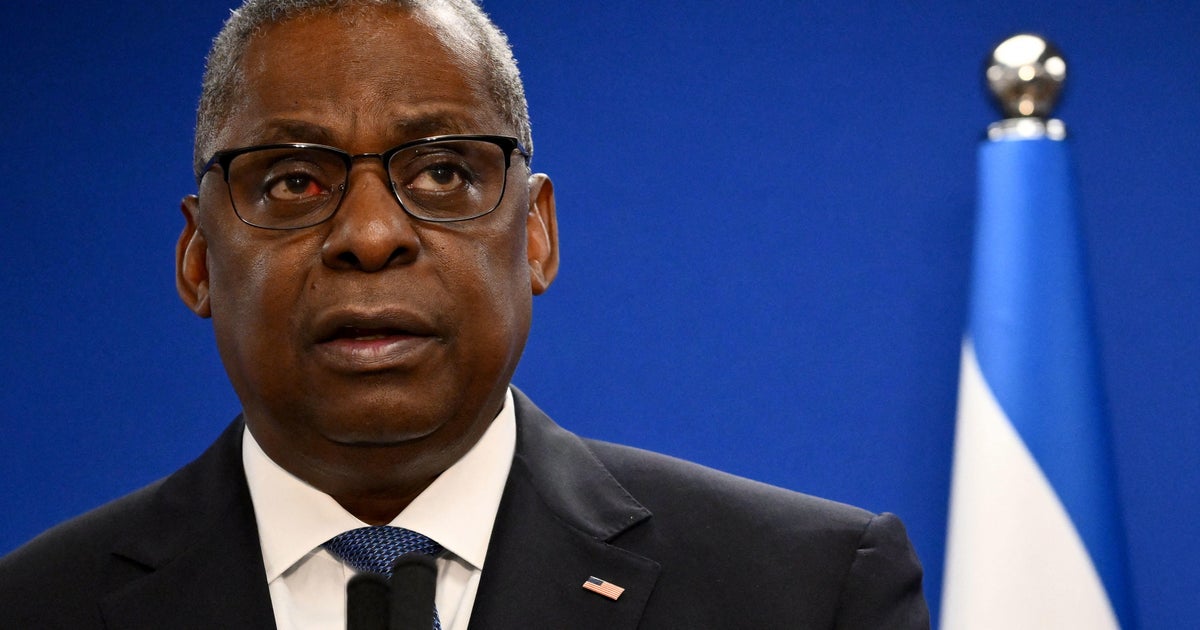North Korea and South Korea fire artillery rounds in drills at tense sea boundary
The rival Koreas fired artillery rounds into the sea as part of provocative drills along their disputed sea boundary on Friday, in violation of the fragile 2018 inter-Korean military agreement.
The firing exercises are expected to escalate tensions on the Korean Peninsula. Experts say North Korea will likely intensify a run of weapons tests and its warlike rhetoric ahead of South Korea's parliamentary elections in April and the U.S. presidential election in November.
South Korea's Joint Chiefs of Staff said North Korea fired 200 rounds in the waters north of their western sea boundary on Friday morning. It was North Korea's first front-line maritime firing exercise in about a year.
Joint Chiefs of Staff spokesperson Lee Sung Joon told a televised briefing that the North's artillery firing was "an act of provocation that threatens peace and heightens tensions on the Korean Peninsula." Lee said South Korea suffered no damage.
In a tit-for-tat step, South Korea had its troops on two border islands fire artillery rounds south of the sea boundary later Friday, but North Korea's military didn't immediately respond. South Korea's Defense Ministry said the military will maintain a firm readiness to strongly punish any provocations by North Korea.
Pyongyang said its actions Friday were a "natural response and countermeasure" to threats from Seoul, according to North Korean state media cited by AFP.
Ahead of the South Korean drills, authorities blared broadcasts via street loudspeakers and sent text messages to residents on the five major border islands, asking them to evacuate to safe places. They worried North Korea could conduct a new round of firing training in response but lifted the evacuation order a few hours later as they detected no suspicious activities by the North's military, according to local officials.
The Koreas' poorly marked western sea boundary witnessed bloody naval clashes in 1999, 2002 and 2009. The North's alleged torpedoing of a South Korean warship killed 46 South Korean sailors in March 2010, and the North's artillery bombardment of Yeonpyeong Island - one of the five border islands where the evacuation order was issued on Friday - killed four South Koreans in November 2010.
The 2018 agreement requires the two Koreas to halt live-fire exercises and aerial surveillance in buffer and no-fly zones that they established along their border. But the deal is in danger of collapsing after both Koreas took steps to breach the accord amid bickering over the North's first successful military spy satellite launch in November.
South Korea resumed front-line aerial surveillance in protest at the North's satellite launch. North Korea responded that it would deploy powerful weapons at the border and won't abide by the 2018 deal any longer. South Korea later accused North Korea of restoring front-line guard posts that it had dismantled under the 2018 deal.
South Korea has previously accused North Korea of having already breached the deal numerous times with firing drills at the buffer zones, including one as recently as December 2022 off the Korean Peninsula's east coast.
"North Korea is now in the stage of finding a justification for provocation after scrapping the 2018 military agreement," said Lee Sang Sook, a research professor at the Institute of Foreign Affairs and National Security. "There is a possibility for North Korea to ramp up provocation steadily, so big and small provocations along the western sea boundary and the land border are expected this year."
North Korean leader Kim Jong Un fired off fierce, derisive rhetoric against South Korea in a key ruling-party meeting at the end of December. He said South Korea must not be considered as a partner for reconciliation or unification, and ordered the military to use all available means - including nuclear weapons - to conquer South Korea in the event of a conflict.
Experts say Kim likely believes that a boosted military capability would increase his chances of wresting U.S. concessions if former President Donald Trump is reelected in the U.S. presidential election.
Earlier Friday, North Korea's state media said Kim ordered authorities to increase production of mobile launch vehicles for missiles during a visit to a munitions factory. Kim said the role of the factory producing transport erector launchers, or TELs, is "very important" in bolstering North Korea's national defense because of a looming military showdown with its rivals.
TELs are mobile launch vehicles that give North Korea the ability to move missiles around its territory. This makes it more difficult for adversaries to detect launches in advance. Some South Korean experts have estimated that North Korea has about 100-200 such vehicles.
In the recent ruling party meeting, Kim also vowed to expand the country's nuclear arsenal, launch three additional military spy satellites and take other steps to build up the military this year to acquire "overwhelming" war readiness to cope with what he called U.S.-led confrontation. He cited the expansion of U.S.-South Korean military drills that sometimes involve U.S. long-range bombers and a nuclear-armed submarine.
for more features.



